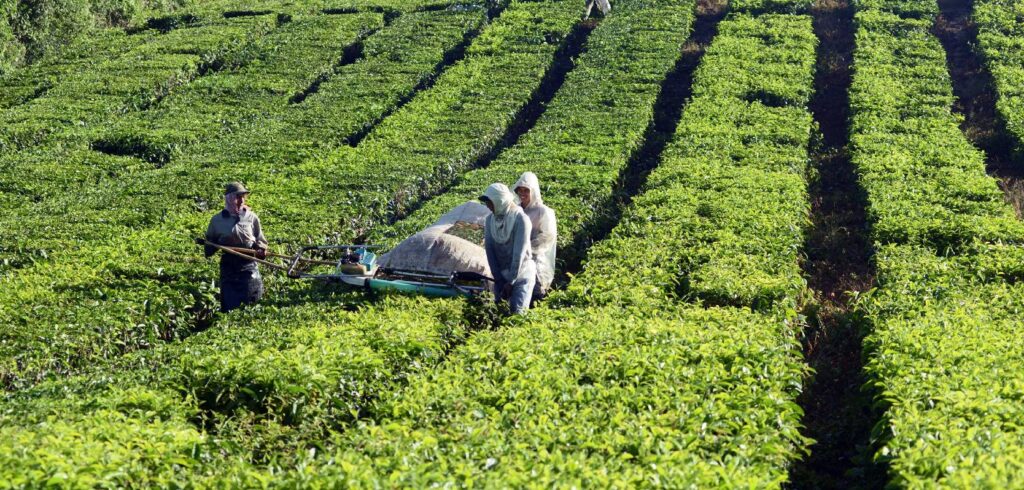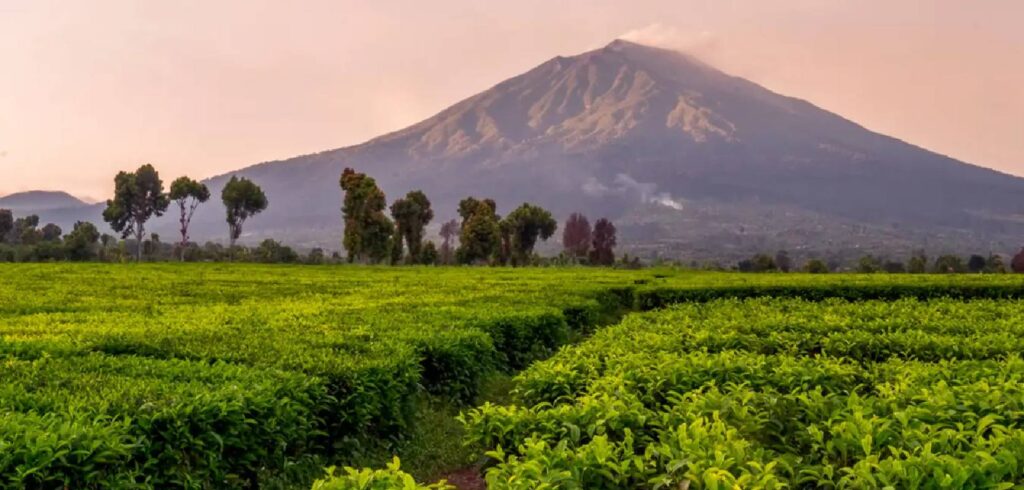Tea cultivation, an ancient tradition, has evolved into a precise science and art form. From the steep hills of Darjeeling to the terraced fields in China, tea plantations contribute significantly to global culture, trade, and economy. This article explores the intricacies of tea plantation farming, from cultivation methods to the journey from leaf to cup.

Tea as a potential national commodity needs to receive more attention from various stakeholders. Efforts to improve from upstream to downstream need to be intensified so that the industry can become vibrant again and become a leading foreign exchange earning commodity. Domestic tea production in recent years has tended to decline due to a reduction in plantation areas. Data from the Central Statistics Agency (BPS) shows that domestic production of dried tea leaves has fluctuated in the last 5 years. The highest production of dried tea leaves was 154,369 tons which occurred in 2014. After that, domestic tea production only hovered around 130,000-140,000. In fact, production only touched 140,000 tonnes once, namely in 2017. (see table). In contrast to domestic production which is still fluctuating, the area of tea plantations in the country has steadily decreased in the last 5 years. It was recorded that the area of tea plantations in 2014, which reached 118,899 hectares (ha), decreased to 104,420 ha in 2018.

Tea processing includes techniques and methods to ensure the tea is of the best quality 1. Picking and Sorting The importance of correct leaf picking techniques Sorting methods for quality control 2. Processing Techniques Different processing methods for different types of tea Fermentation and oxidation processes 3. Packaging and Distribution The importance of proper packaging to maintain freshness Global distribution and trade network Innovation in Tea Farming in the form of Tea Plantation Technology Use of drones and sensors for crop monitoring Innovations in irrigation and harvesting machines
Tea plantation farming is a delicate blend of tradition and innovation. From the ancient tea gardens to the modern, technology-driven plantations, the journey of tea leaves from cultivation to your cup is a testament to the careful balance between nature and human ingenuity. As we sip our favorite brew, let’s appreciate the dedication and craftsmanship that go into each leaf, enriching our lives with the aromatic essence of tea culture.
